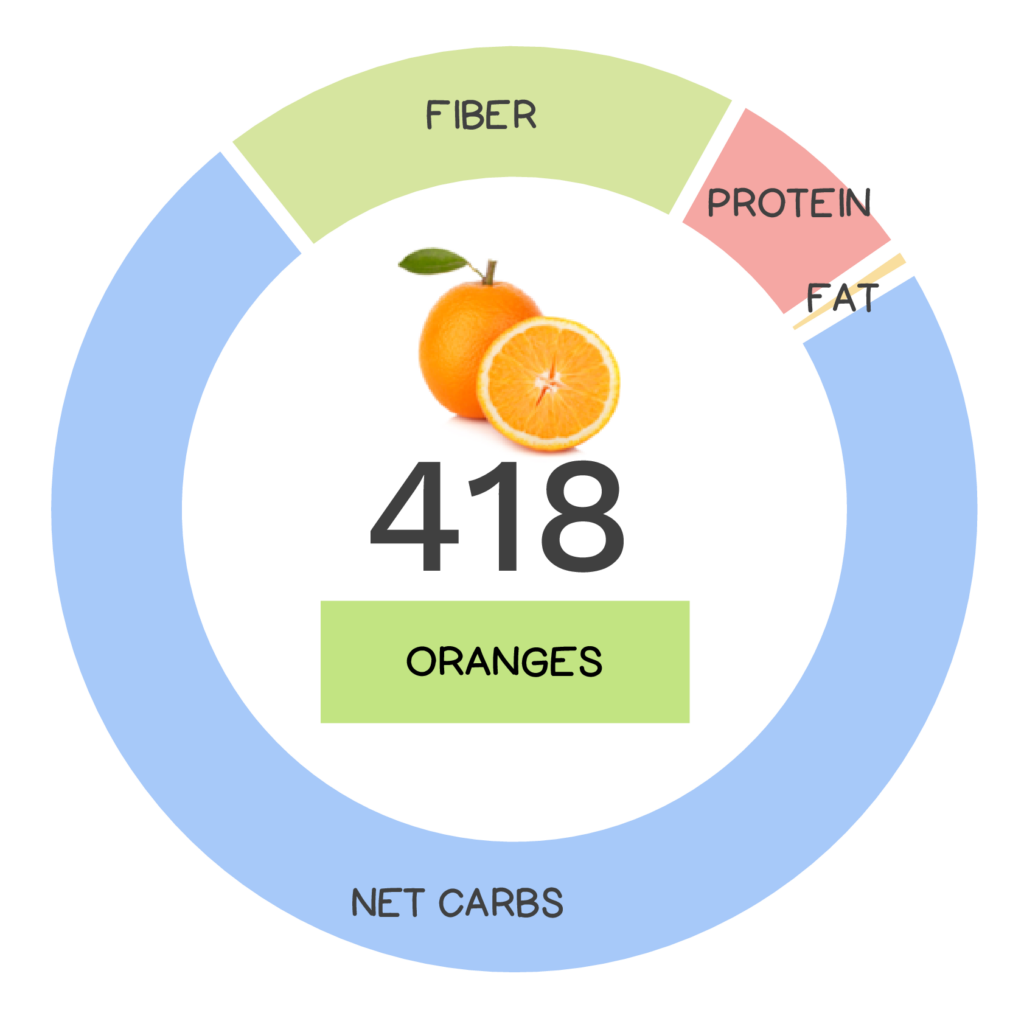
The orange is a sweet citrus fruit that many of us have enjoyed countless times; but, did you know there are over 600 different kinds!? Sweet oranges (Citrus x sinensis) are not found in the wild. They are actually a cross between the pomelo and the mandarin and are technically a type of berry. Oranges are close plant cousins to other members of the citrus family, including limes, lemons, tangerines, grapefruits, and more!
Oranges are actually a cross between the pomelo and the mandarin and are technically a type of berry.
Oranges originated in China (or perhaps another part of Asia) and their earliest mention was in 314 BC! Italian or Portuguese traders then brought the fruit to the Mediterranean region around 1450-1500 AD. For many years, oranges were very valuable and relatively rare. Wealthy people even grew them in private conservatories, called orangeries! Before 1920, oranges were considered a dessert fruit and a special treat, but today, they are one of the most common fruits eaten all over the world.
Just “peel” your eyes on their impressive nutrition stats!
Learn What Foods to *ADD* to Your Diet
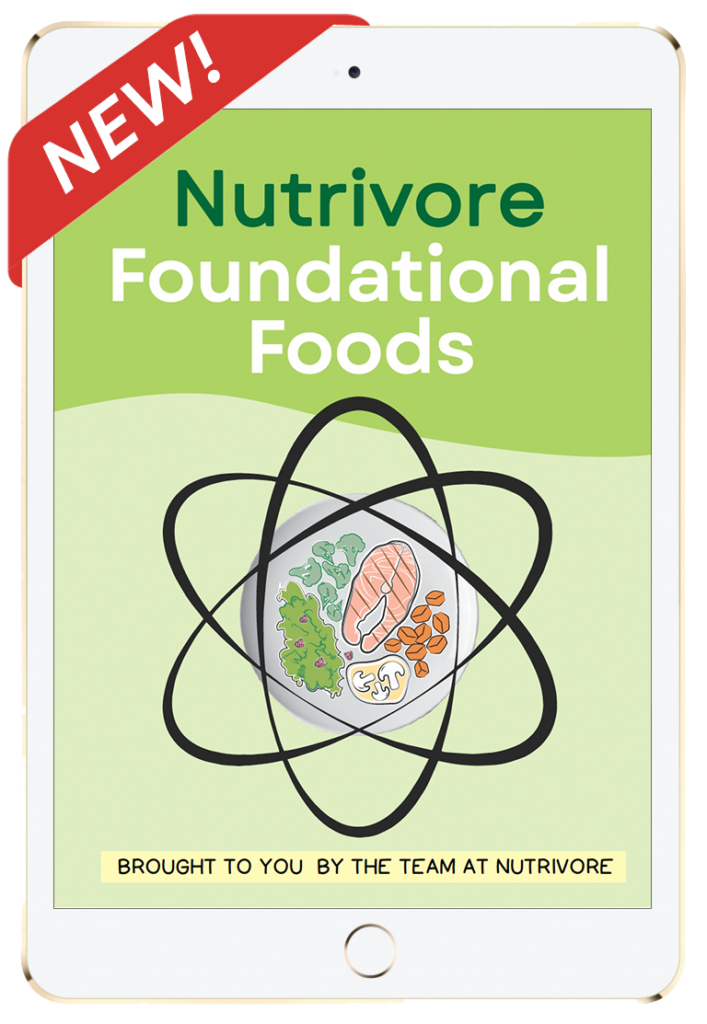
Nutrivore Foundational Foods
Learn what makes the 12 Nutrivore foundational food families nutritionally unique, their health benefits, which options are the most nutrient dense, how much of them to eat, plus various fun facts, practical pointers, and busting of common myths.
This very helpful resource will introduce you to new foods and expand your nutrition knowledge, making food choices easier!
Buy now for instant digital access.
Orange Nutrivore Score – 418
Oranges have a Nutrivore Score of 418, which makes them a medium nutrient-dense food and a healthy choice! Plus, oranges are pretty low energy density; the calorie count of oranges is just 62 calories per medium orange!
Per serving, oranges are a best source (>50% daily value) of vitamin C and polyphenols — especially the flavanones hesperidin, hesperetin, naringin, and morin; are an excellent source (20-50% daily value) of myo-inositol; and are a good source (10-20% daily value) of dietary fiber, vitamin B7 (biotin), and vitamin B9 (folate)!
Ditch Diets. Embrace Nutrients. Start with this FREE Guide.
Sign up for the free Nutrivore Newsletter, your weekly, science-backed guide to improving health through nutrient-rich foods — without dieting harder —and get the Beginner’s Guide to Nutrivore delivered straight to your inbox!

Orange Nutrient Facts
One serving of oranges is standardized to 1 cup of segments, or about 131 grams (4.6 ounces). That’s about the equivalent of one medium orange.
Orange Nutrition Facts per Serving
| Orange | Nutrivore Score: 418 | Nutrient Density: Medium |
|---|---|---|
| Serving Size: 1 cup or 1 medium (131 grams) | Protein: 1.2 grams | Net Carbohydrates: 12.3 grams |
| Calories: 62 | Total Fat: 0.2 grams | Dietary Fiber: 3.1 grams |
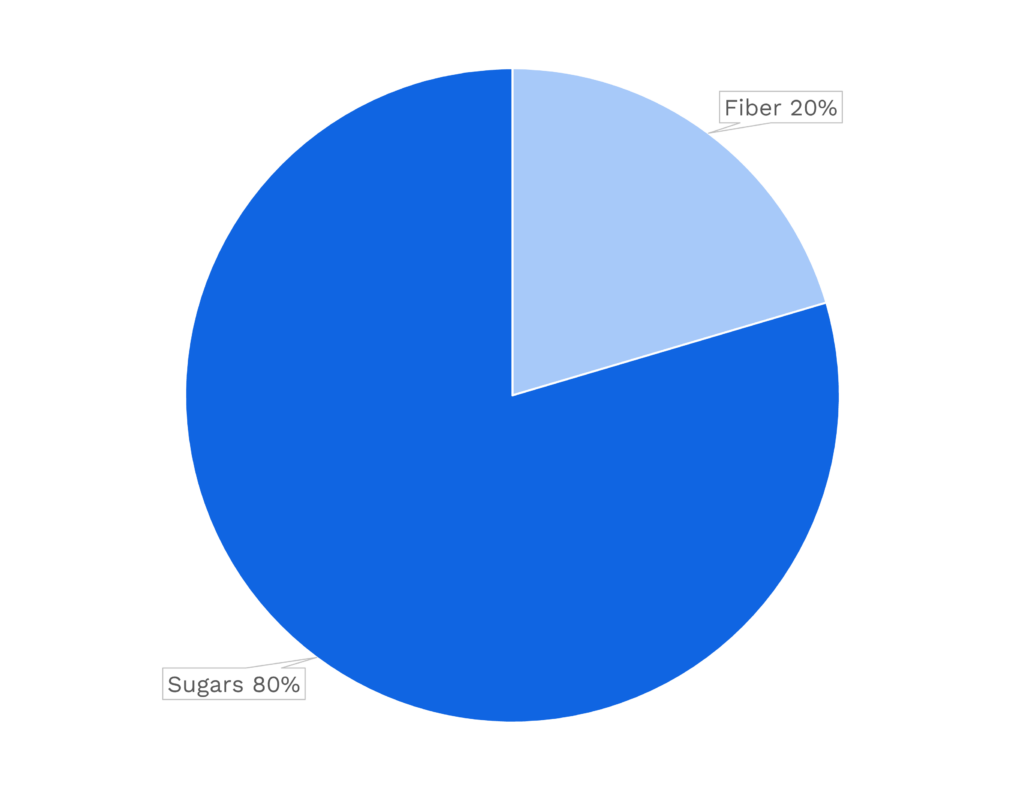
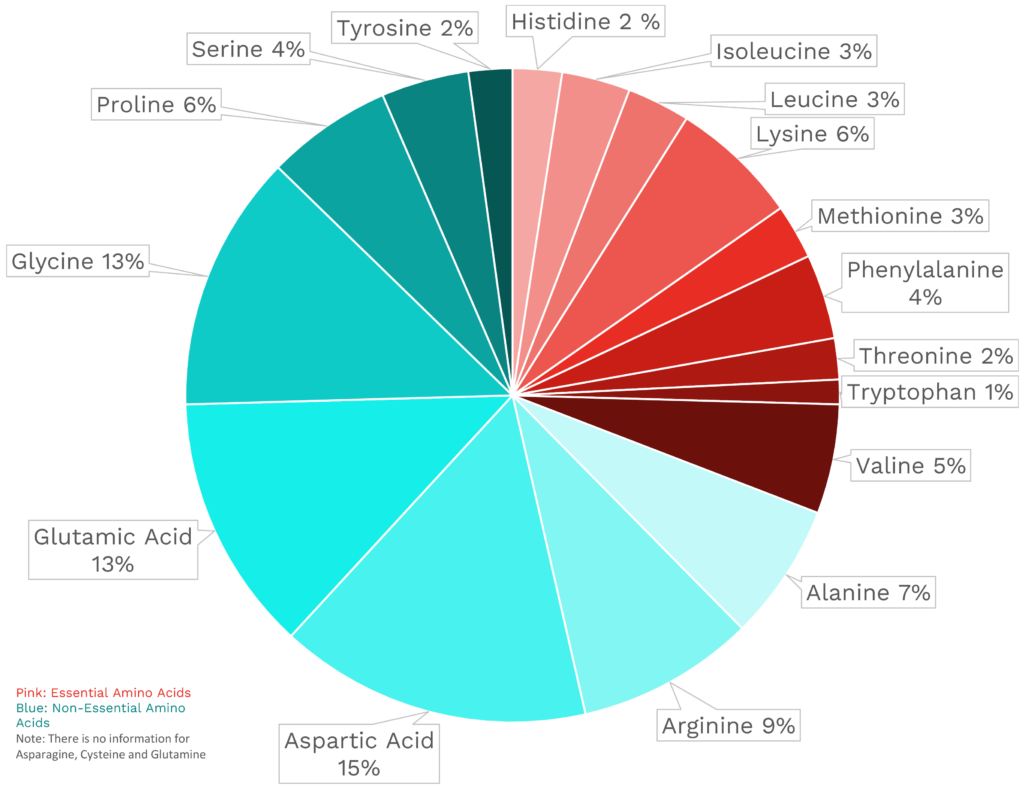

| VITAMINS | ||
|---|---|---|
| Vitamin A | 14.4 μg RAE | 2% DV |
| Vitamin B1 (Thiamin) | 114.0 μg | 9% DV |
| Vitamin B2 (Riboflavin) | 52.4 μg | 4% DV |
| Vitamin B3 (Niacin) | 0.4 mg | 2% DV |
| Vitamin B5 (Pantothenic Acid) | 0.3 mg | 7% DV |
| Vitamin B6 (Pyridoxine) | 78.6 μg | 5% DV |
| Vitamin B7 (Biotin) | 3.0 μg | 10% DV |
| Vitamin B9 (Folate) | 39.3 μg | 10% DV |
| Vitamin B12 (Cobalamin) | 0.0 μg | 0% DV |
| Vitamin C | 69.7 mg | 77% DV |
| Vitamin D (D2 + D3) | 0.0 μg | 0% DV |
| Vitamin E | 0.2 mg | 2% DV |
| Vitamin K | 0.0 μg | 0% DV |
| Choline | 11.0 mg | 2% DV |
| Myo-Inositol | 402.2 mg | ~ |
| CoQ10 | 0.3 mg | ~ |
| FUNCTIONAL FATS | ||
|---|---|---|
| MUFA | 0.0 g | 0% DV |
| ALA | 9.2 mg | 1% DV |
| EPA + DHA | 0.0 mg | 0% DV |
| CLA | ~ | ~ |
| Linoleic Acid | 0.0 g | 0% DV |
| MCT’s | 0.0 g | ~ |
| MINERALS | ||
|---|---|---|
| Calcium | 52.4 mg | 4% DV |
| Copper | 59.0 μg | 7% DV |
| Iodine | ~ | ~ |
| Iron | 0.1 mg | 1% DV |
| Magnesium | 13.1 mg | 3% DV |
| Manganese | 32.8 μg | 1% DV |
| Phosphorus | 18.3 mg | 1% DV |
| Potassium | 237.1 mg | 5% DV |
| Selenium | 0.7 μg | 1% DV |
| Sodium | 0.0 mg | 0% DV |
| Zinc | 0.1 mg | 1% DV |
| PHYTONUTRIENTS | ||
|---|---|---|
| Carotenoids | 428.4 μg | ~ |
| Polyphenols | 441.5 mg | ~ |
| Phytosterols | 31.7 mg | ~ |
| Glucosinolates | ~ | ~ |
| Thiosulfinates | ~ | ~ |
| Betalains | ~ | ~ |
| AMINO ACIDS & PEPTIDES | ||
|---|---|---|
| Taurine | ~ | ~ |
| Ergothioneine | ~ | ~ |
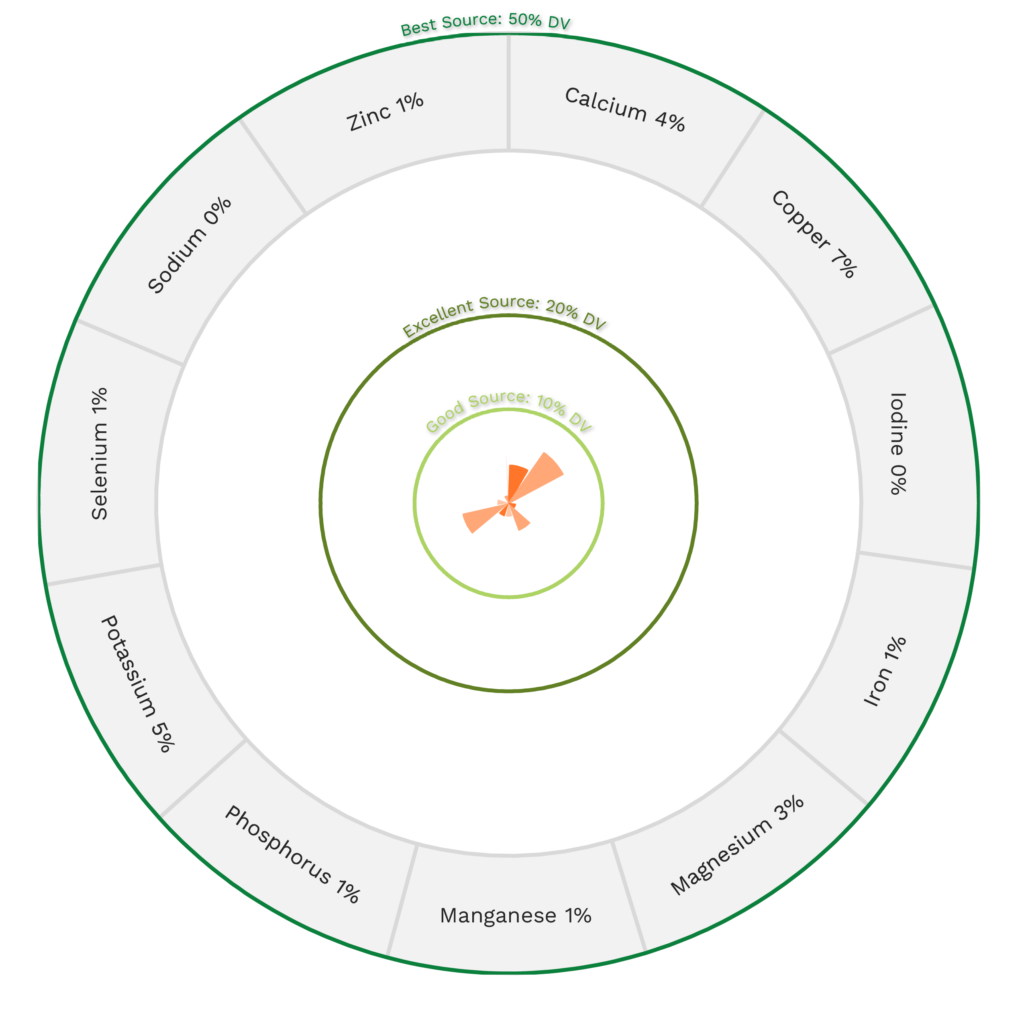
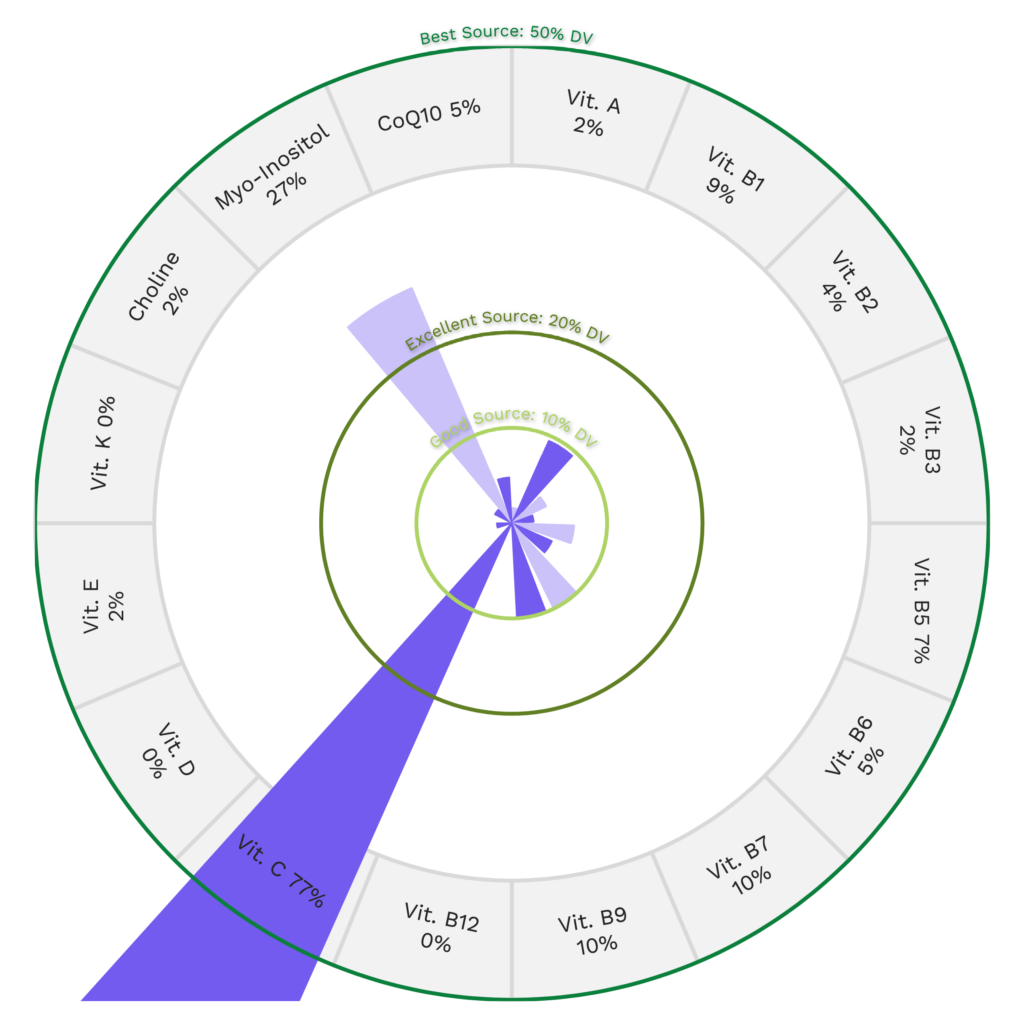
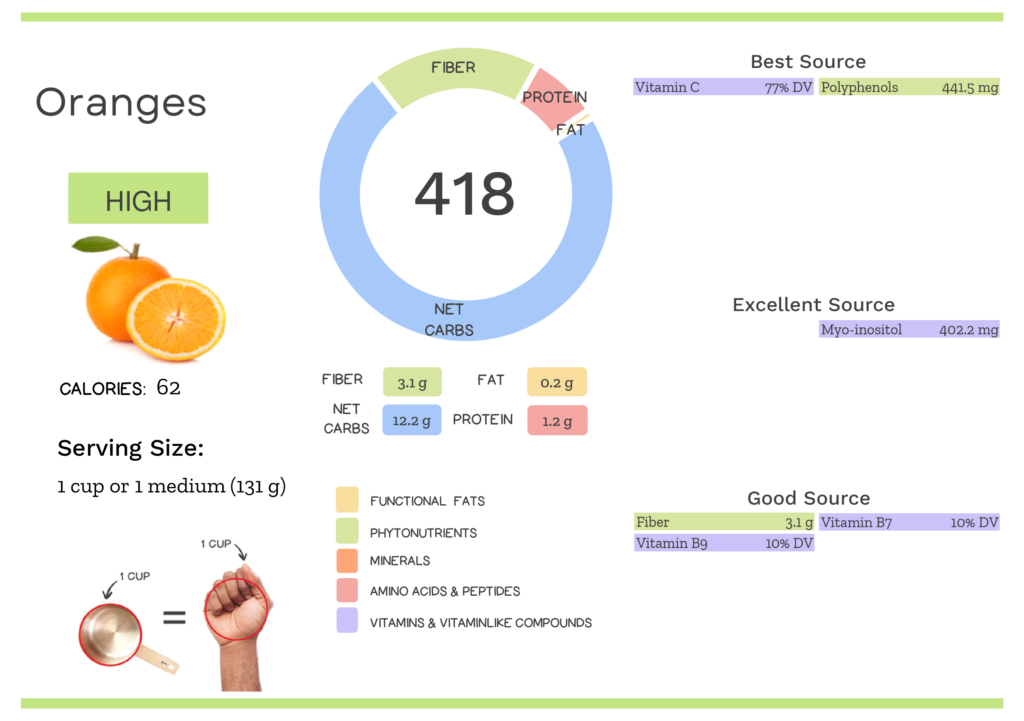
Orange Nutrition Varies With Variety
Despite the limited selection you are likely to encounter at your local grocery store, there are in fact over 600 varieties of oranges! Not only does each type of orange have its’ own unique appearance and flavor, each variety also has a distinctive nutrition profile and Nutrivore Score! And, all parts of the fruit are nutritious – including fresh orange zest.
| NUTRIVORE SCORE | |
|---|---|
| Clementines, raw | 291 |
| Orange peel, raw | 3531 |
| Oranges, raw, all commercial varieties | 418 |
| Oranges, raw, California, valencias | 397 |
| Oranges, raw, Florida | 401 |
| Oranges, raw, navels | 408 |
| Oranges, raw, with peel | 389 |
| Tangerines, (mandarin oranges), raw | 238 |
“Orange-you” glad to find out this fruit is THAT good for you? Maybe your friends will be too!
Health Benefits of Orange Nutrients
Let’s take a closer look at all of the best and excellent source of nutrients found in a 1-cup serving of oranges and see how they benefit our health.
Oranges are nutrient dense but not energy dense—meaning they deliver plenty of micronutrients but not a lot of calories! Including them as a part of your regular menu will help to support your overall health!
Oranges Provide 77% DV Vitamin C
Oranges have particularly high concentrations of vitamin C, providing 77% of the daily value per 1-cup serving. In addition, the flavonoids in oranges increase vitamin C absorption by up to 8 times (which is why getting vitamin C from whole foods sources like oranges is preferable to supplements).
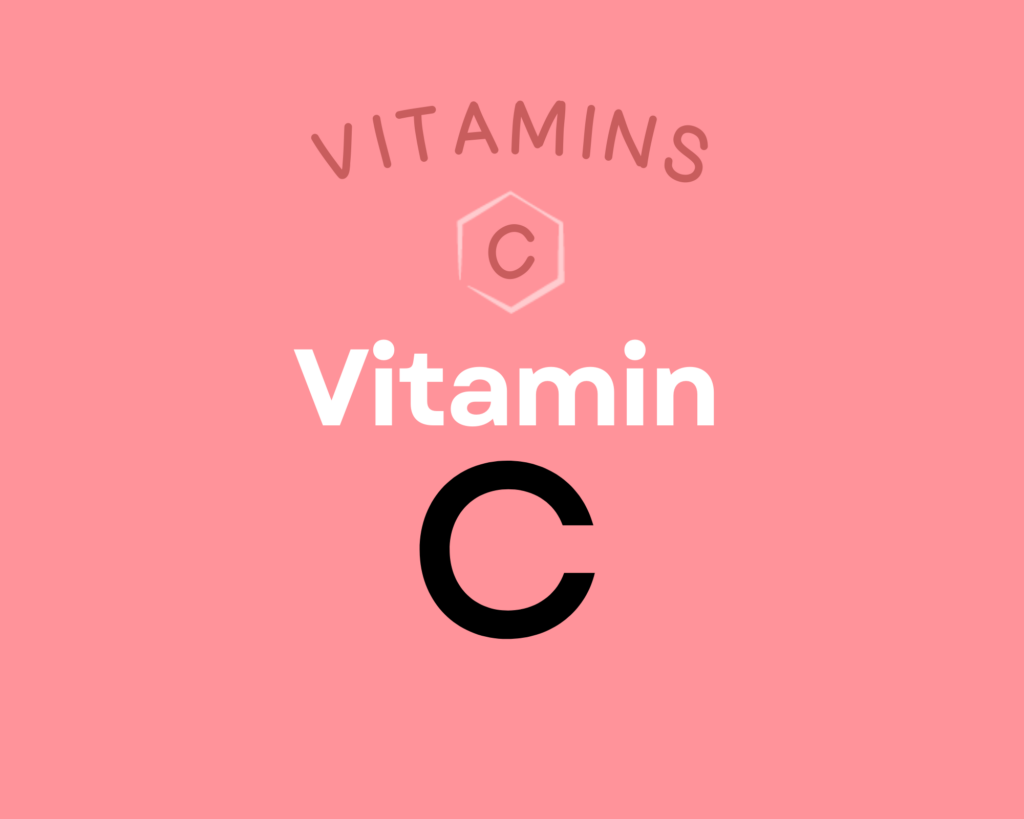
Vitamin C is a water-soluble vitamin that has powerful antioxidant properties (meaning it can help combat oxidative damage from free radicals and reactive oxygen species) and that serves as an enzyme cofactor (meaning it’s needed for enzymes to do their job, for example vitamin C is necessary for collagen synthesis, which is essential for bones, joints, teeth, blood vessels, skin and eyes) and playing important roles in immune system and skin health. Higher intakes of vitamin C are linked to reduced risk of heart disease, some forms of cancer, type 2 diabetes, cataracts, age-related macular degeneration, and gout. Vitamin C can also help regulate the stress response and reduce anxiety, and there’s preliminary evidence that it may also help prevent Alzheimer’s disease. Learn more about vitamin C here.
Flavonoids in oranges increase vitamin C absorption by up to 8 times (which is why getting vitamin C from whole foods sources like oranges is preferable to supplements).
Oranges Provide 441.5 mg of Polyphenols
Not only are oranges high in vitamin C, they are also rich in phytonutrients, especially polyphenols, providing 441.5 mg of polyphenols per 1-cup serving.
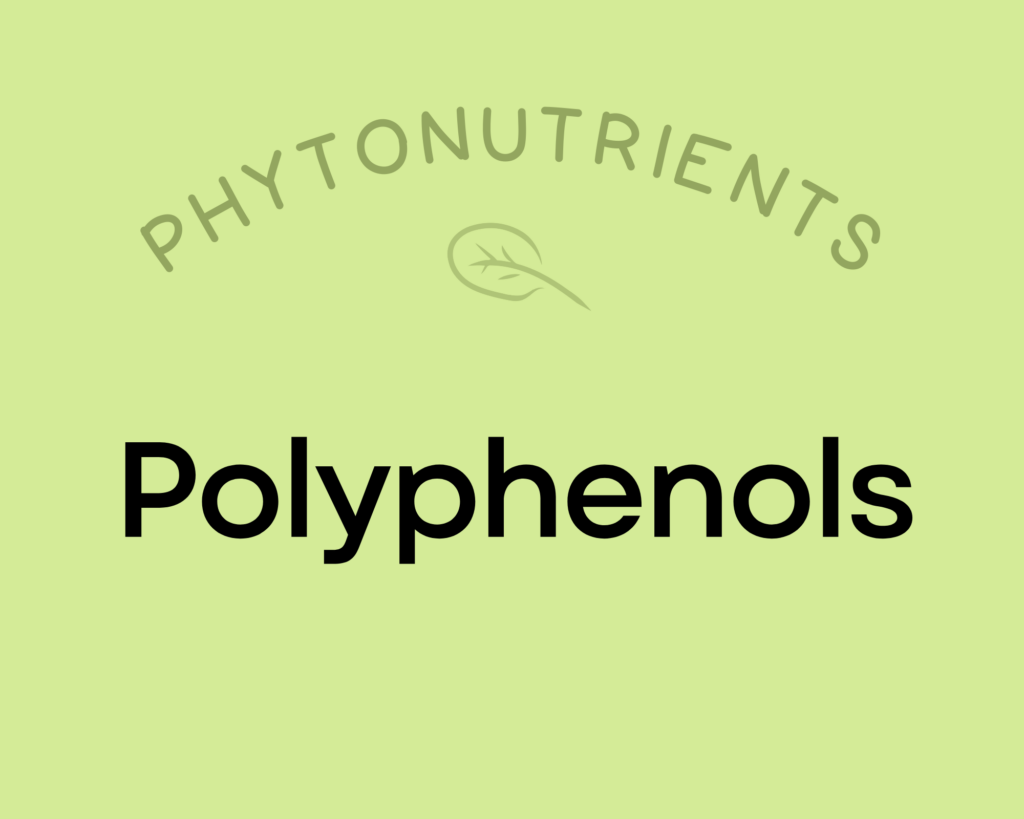
Polyphenols play a huge role in protecting against cancer, heart disease, diabetes, asthma, osteoporosis, neurodegenerative diseases, and other conditions associated with oxidative stress. In fact, a major reason foods like red wine and olive oil (as well as diets rich in both, such as the Mediterranean diet) show up as so beneficial may be due to their high polyphenol content! Along with chronic diseases, supplementing with polyphenols has been shown to protect against infections and reduce the signs of aging. Polyphenols exert their most potent effects by acting as antioxidants—preventing cellular damage by neutralizing hazardous oxygen radicals and improving cellular health as a result (which, in turn, benefits virtually every system in the body). As a result of their antioxidant properties, polyphenols also boost the immune system and protect against both chronic and acute diseases. In addition, polyphenols can help regulate enzyme function, stimulate cell receptors, modulate the functions of inflammatory cells (including T and B lymphocytes, macrophages, platelets, and natural killer cells), alter adhesion molecule expression, affect nerve cells and cardiac muscle cells, and exert antiviral effects. Learn more about polyphenols here.
Specifically, oranges are abundant in flavonoids (especially hesperidin).
Studies suggest hesperidin is powerfully cardioprotective and may also reduce risk of other diseases, such as cancer. It is also linked with improved gastrointestinal, metabolic and brain health. It has been shown to reduce inflammation, reduce hypertension (high blood pressure), lower blood lipids (cholesterol), increase insulin sensitivity, and exert antioxidant activity. Hesperidin acts as an antioxidant not only through oxygen radical scavenging, but also due to enhancing cellular antioxidant defenses—it has even been shown to protect against oxidative stress from high fat diet-induced hyperglycemia (high blood sugar).
Oranges Provide 402.2 mg of Myo-inositol
This citrus fruit is also an excellent source of myo-inositol, providing an impressive 402.2 mg per 1-cup serving.

Sometimes referred to as vitamin B8, inositol (aka myo-inositol) is a carbocyclic sugar that is an important structural component of cell membranes. It mediates cell signal transduction in response to a variety of hormones (including insulin), neurotransmitters, and growth factors and participates in osmoregulation (the control of water and salt concentrations inside and outside of cells). It has been shown to improve insulin sensitivity and increase intracellular glucose uptake, as well as reduce anxiety.
Want to know the top 500 most nutrient-dense foods?
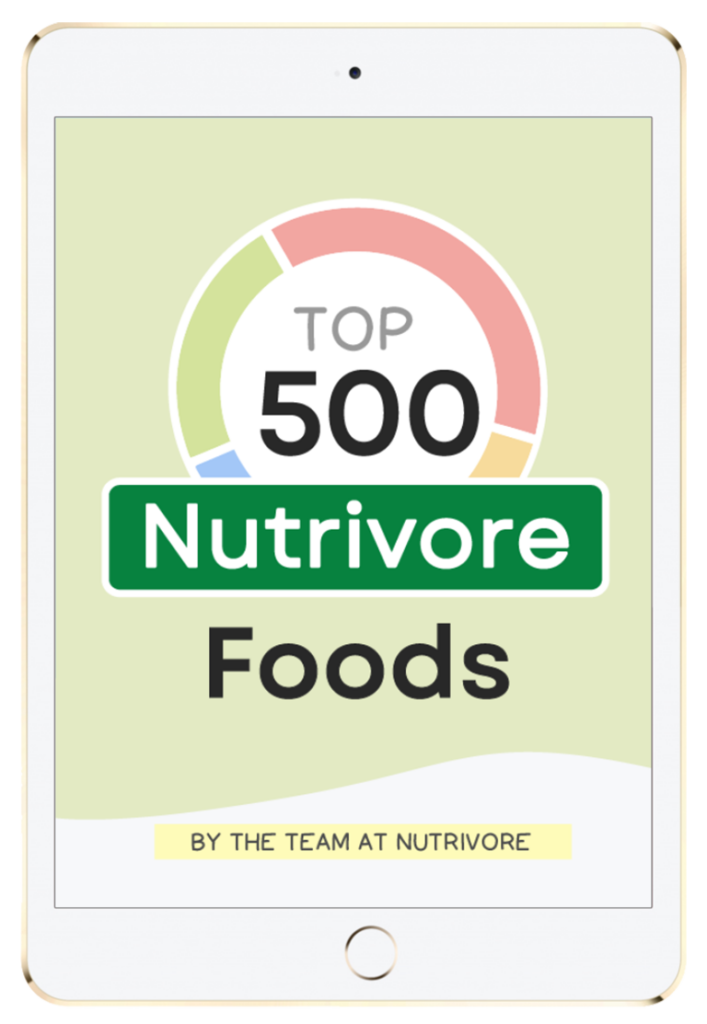
Top 500 Nutrivore Foods
The Top 500 Nutrivore Foods e-book is an amazing reference deck of the top 500 most nutrient-dense foods according to their Nutrivore Score. Think of it as the go-to resource for a super-nerd, to learn more and better understand which foods stand out, and why!
If you are looking for a quick-reference guide to help enhance your diet with nutrients, and dive into the details of your favorite foods, this book is your one-stop-shop!
Buy now for instant digital access.
How Many Oranges Should We Eat?
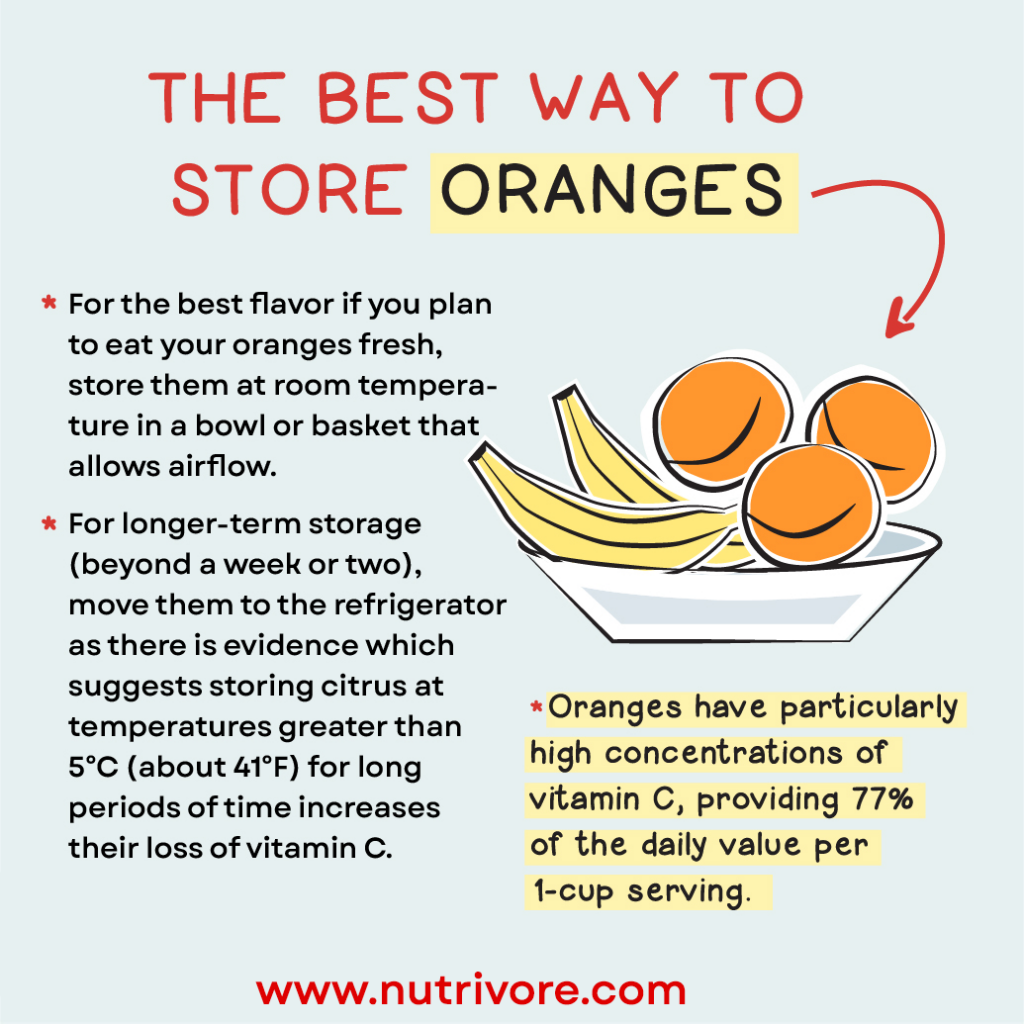
We may enjoy oranges because they are sweet, juicy, and fragrant but regularly including this citrus fruit in our diet also helps to support our overall health.
Eating two or three servings of fruit per day is optimal from a health perspective. A 2017 systemic review and meta-analysis looked at how all-cause mortality was impacted by varying intakes of 12 different food groups: whole grains and cereals, refined grains and cereals, vegetables, fruits, nuts, legumes, eggs, dairy products, fish, red meat, processed meat, and sugar-sweetened beverages. This analysis revealed non-linear relationships between how much of a particular food group we eat and how it impacts our health. While the results revealed no upper limit to the benefits of vegetable intake, the sweet spot for fruit intake was 300 grams daily. Intakes of fruit over 400 grams per day were not as beneficial as 300 grams, but the good news is that even intakes of 600 grams of fruits per day was superior to no fruit at all! This sweet spot for fruit intake translates to 2 to 3 servings of fruit daily.
And a 2018 review similarly concluded that two to three servings of fruit daily was optimal for reducing risk of cardiovascular disease, type 2 diabetes, obesity, chronic obstructive pulmonary disease, chronic constipation, and inflammatory bowel disease.
Fruit makes a convenient snack, a healthy dessert, a whimsical addition to salads, and a sophisticated flavoring agent in the form of salsas, jams, and chutneys. A serving is standardized to 1 cup chopped for raw vegetables and fruits (typically translates to 1/2 cup to 2/3 cup once cooked). Learn more in Importance of Vegetables and Fruit
Eating oranges and other citrus at least a few times per week is a great goal for overall health! Studies have shown that eating 2 or 3 servings of citrus fruits per week reduces all-cause mortality by 8% compared to eating no citrus. You can learn more in Health Benefits of Oranges.
Easily track your servings of Nutrivore Foundational Foods!

The Nutrivore Weekly Serving Matrix
The Nutrivore Weekly Serving Matrix digital resource is an easy-to-use and flexible weekly checklist designed to help you maximize nutrient-density and meet serving suggestions of Nutrivore foundational foods, all without having to weigh or measure your foods!
Includes a 22-page instructional guide and downloadable interactive guides.
Buy now for instant digital access.
Citations
Expand to see all scientific references for this article.
Clements RS Jr, Darnell B. Myo-inositol content of common foods: development of a high-myo-inositol diet. Am J Clin Nutr. 1980 Sep;33(9):1954-67. doi: 10.1093/ajcn/33.9.1954. PMID: 7416064.
Han JH, Yang YX, Feng MY. Contents of phytosterols in vegetables and fruits commonly consumed in China. Biomed Environ Sci. 2008 Dec;21(6):449-53. doi: 10.1016/S0895-3988(09)60001-5. PMID: 19263798.
Phenol-Explorer: Orange [Blond]
Pravst I, Zmitek K, Zmitek J. Coenzyme Q10 contents in foods and fortification strategies. Crit Rev Food Sci Nutr. 2010 Apr;50(4):269-80. doi: 10.1080/10408390902773037. PMID: 20301015.
USDA Food Central Database: Oranges, Raw, All Commercial Varieties
Watanabe T, Kioka M, Fukushima A, Morimoto M, Sawamura H. Biotin content table of select foods and biotin intake in Japanese. Int J Anal Bio-Sci. 2014. Vol 2(4):109-125.


